Plastic Manufacturing: What You Need to Know Today
If you’re curious about how everyday items go from pellets to the products on store shelves, you’ve landed in the right spot. Plastic manufacturing isn’t a mysterious black box; it’s a series of simple steps that businesses follow to turn raw polymer into useful goods. Understanding those steps helps you pick the right supplier, cut costs, and make greener choices.
Sourcing the Right Polymer
The first decision any manufacturer makes is where to get the raw plastic. Most companies buy polymer in bulk from petrochemical plants or recycled material processors. The choice depends on price, quality, and the end‑use of the product. For injection‑molded parts, engineers often prefer virgin ABS or polycarbonate because they guarantee consistent strength and finish. If sustainability is a priority, recycled PET or bio‑based resins are gaining ground. Knowing the difference between grades—like HDPE for sturdy containers versus flexible LDPE for bags—lets you match material to function without overpaying.
Suppliers also differ in how they handle logistics. Some offer just‑in‑time delivery that reduces inventory costs, while others provide larger stockpiles for high‑volume runs. Ask about certifications such as ISO 9001 or compliance with India’s Plastics (Control) Order; these signals assure you’re getting material that meets safety and quality standards.
Managing Waste and Going Green
Plastic waste is a hot topic, and manufacturers are feeling the pressure to act. The most effective way to cut waste is to design for less material—thin‑wall molding, optimized part geometry, and fewer color changes all lower scrap rates. Many plants now recycle off‑cuts back into the molding cycle, turning what used to be waste into a cost‑saving feedstock.
Beyond internal recycling, companies are exploring partnerships with external recyclers. Sending post‑consumer scrap to a certified recycler can turn waste into a new revenue stream and improve a brand’s eco‑image. Some Indian firms are even investing in chemical recycling, which breaks polymers back into monomers for repeat use.
Regulations also shape how manufacturers operate. Recent bans on single‑use plastics in several Indian states push producers toward alternatives like biodegradable bags or reusable packaging. Staying informed about local bans helps avoid costly redesigns and keeps your product market‑ready.
Finally, transparency matters. Sharing material sourcing details and waste‑reduction stats on your website builds trust with customers who care about the environment. Simple data—like “30 % of production waste recycled last quarter”—can make a big impression.
All in all, plastic manufacturing is a balance of material choice, process efficiency, and environmental responsibility. By knowing where polymers come from, how to keep waste low, and what regulations affect your market, you can make smarter decisions that boost profitability and protect the planet.
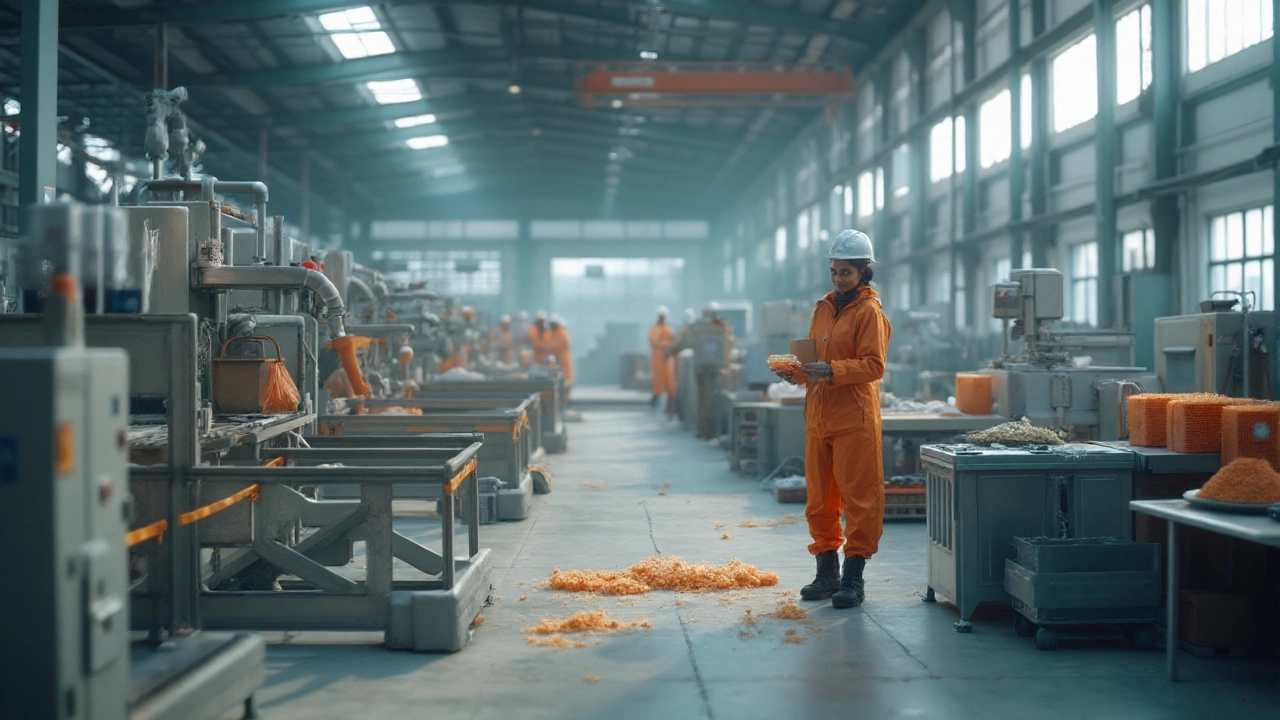
Best Plastic Companies 2025: Top Manufacturers, Recyclers, and Suppliers Compared
Stop guessing which plastic supplier to pick. See the best manufacturers, recyclers, and converters in 2025, how to choose, and who fits your project and budget.
Read More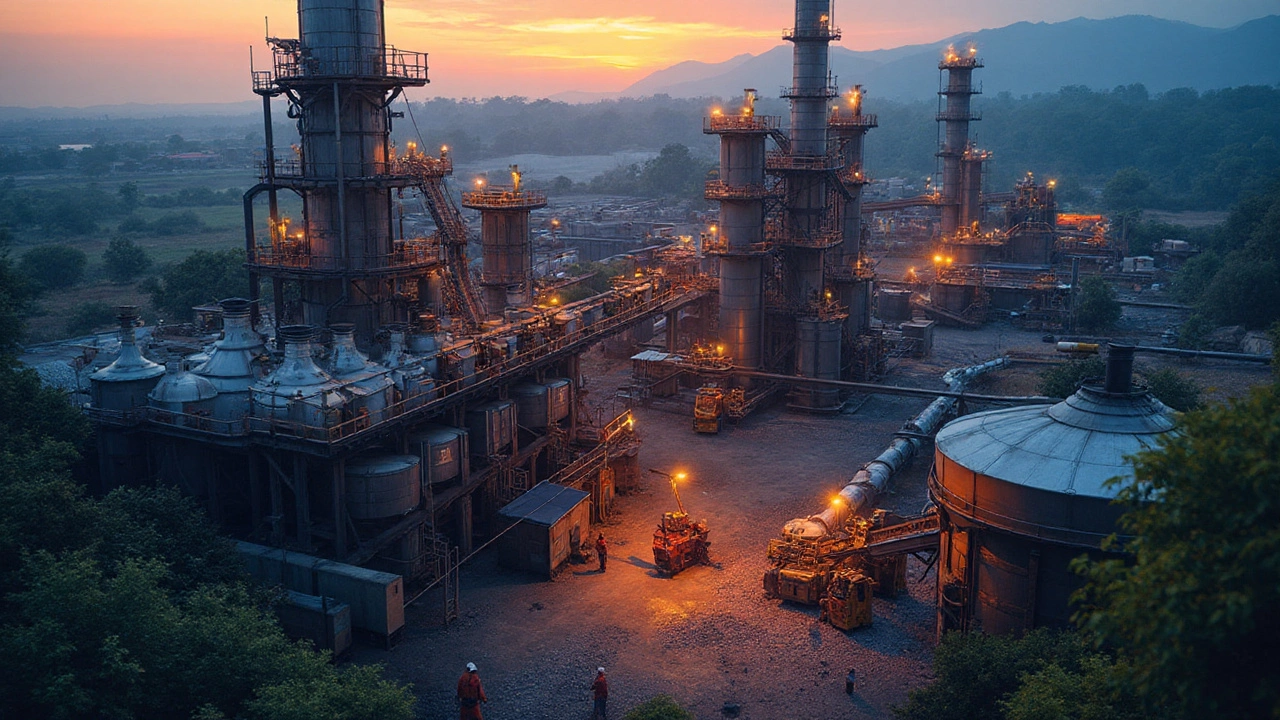
How Manufacturers Source Plastic Raw Materials for Production
Ever wondered where manufacturers really get their plastic? This article lifts the lid on the journey from raw material to finished product, revealing how it all works.
Read More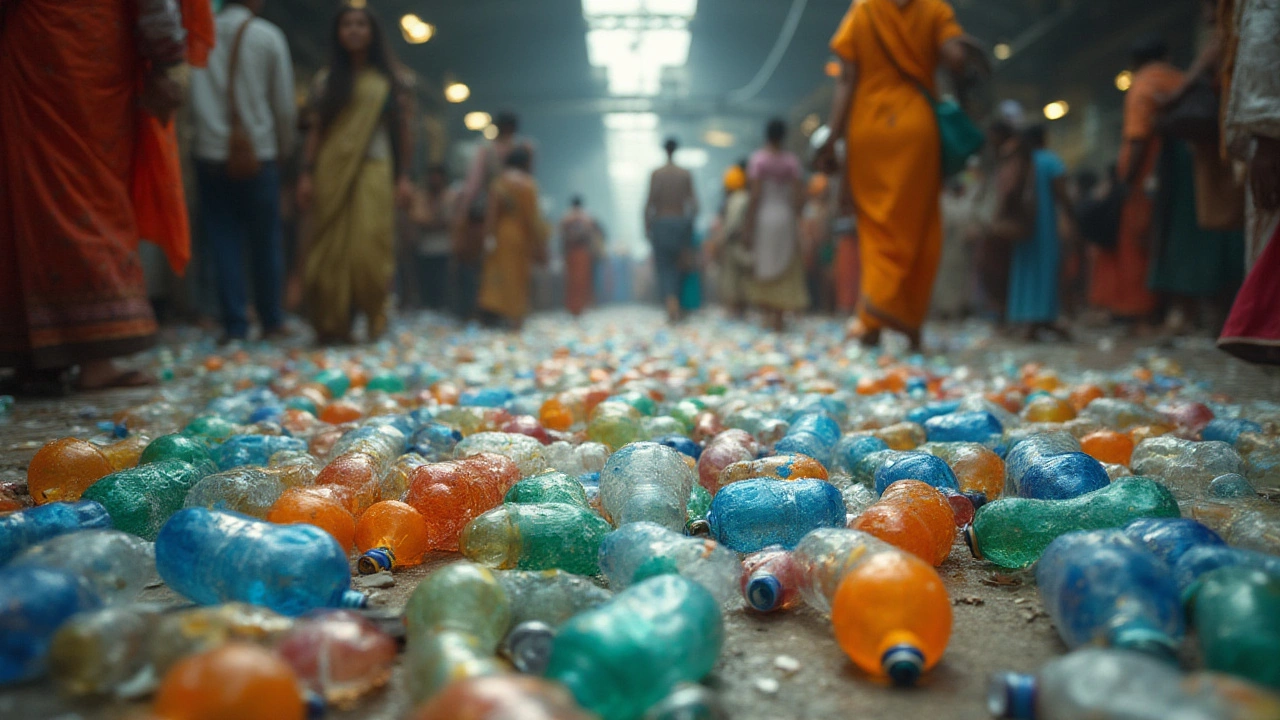
What Is the Biggest Single-Use Plastic Product? Surprising Facts & Environmental Impact
Explore the biggest single-use plastic item in the world, its shocking impact on our planet, and practical tips to reduce waste. Don't miss these eye-opening stats.
Read More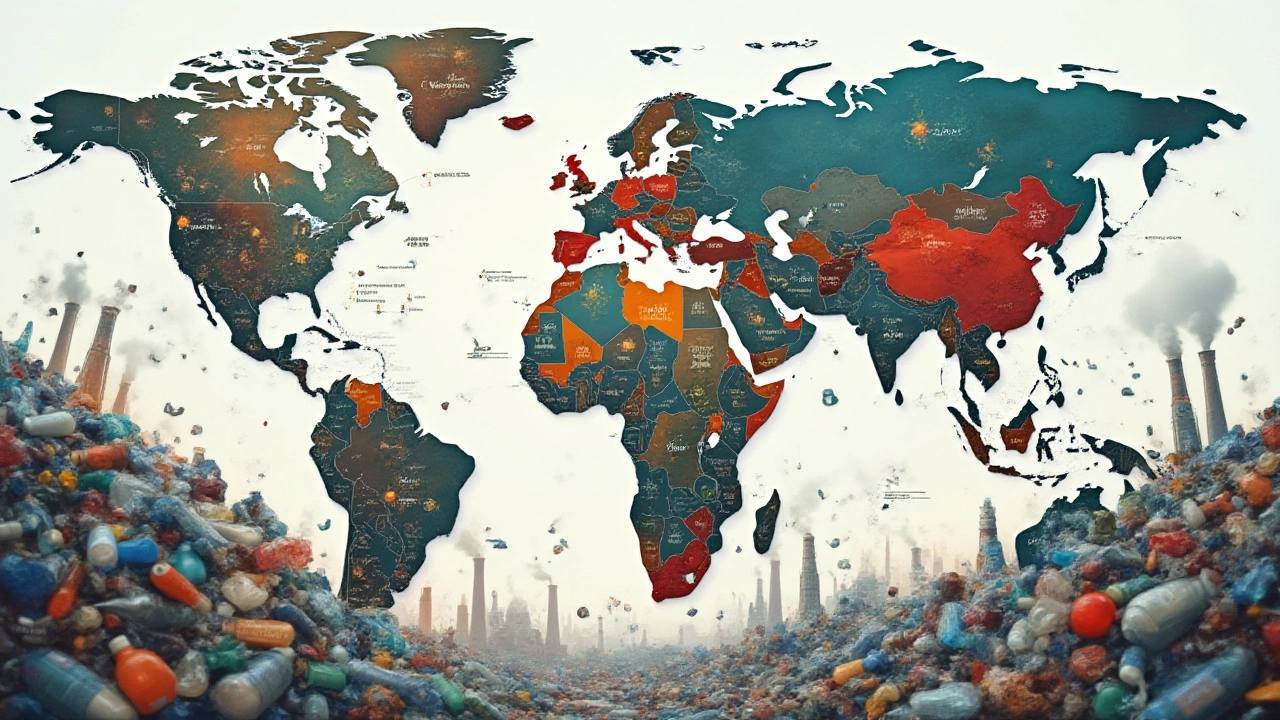
Who Produces the Most Plastic Waste? Global Leaders and Shocking Stats
Discover which countries lead in plastic waste production, real numbers on global plastic pollution, industry impacts, and tips for reducing plastic waste.
Read More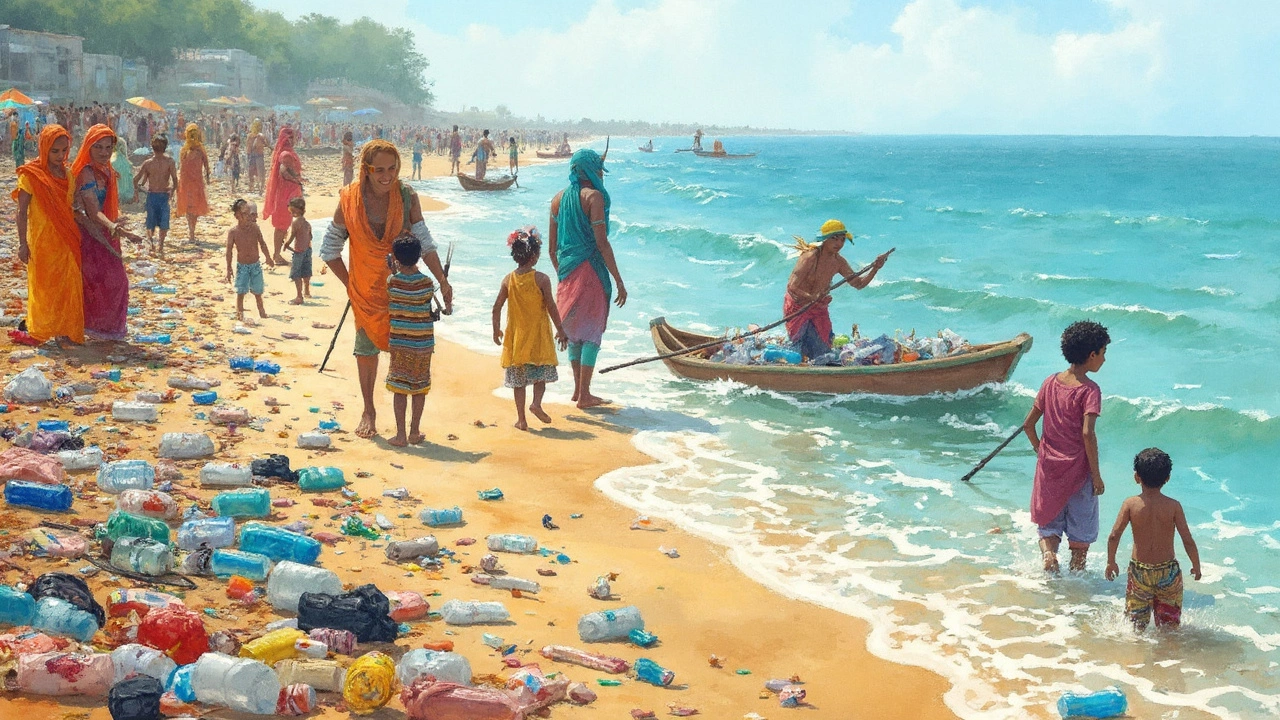
Plastic Pollution: Which Plastics Fill Our Oceans the Most?
This article breaks down which types of plastic end up polluting our oceans the most. It highlights the main culprits and shows how manufacturing choices impact the problem. You'll get real facts about plastic waste, find out where it all comes from, and learn how changes in the way we use and produce plastic could help turn the tide. Easy tips are included for anyone who wants to make a difference. Ideal if you care about the plastic problem and want straightforward answers.
Read More
Where Is Plastic Banned in the US? Cities and States Leading the Charge
Confused about where plastic bans actually exist in the US? This article digs into which states and cities have banned certain plastics, what types of items are off-limits, and how these rules could affect your everyday life. From checkout bags to takeout containers, find out what businesses and shoppers need to know. Expect a mix of facts, practical tips, and real-world examples to help you keep up with the changing rules around plastic. Perfect for anyone in the plastic manufacturing business or just looking to reduce their plastic waste.
Read More
The Biggest Buyers of Plastic: Unmasking the Giants of the Industry
The global plastic industry is a behemoth driven by soaring consumer demand in various sectors. This article delves deep into identifying the largest buyers of plastic, from tech titans to household giants. You will discover not only who they are but what makes them such prolific consumers. Uncover the intricate web of interdependence that fuels this vast market. Learn how evolving technologies and trends are shaping the future of plastic consumption.
Read More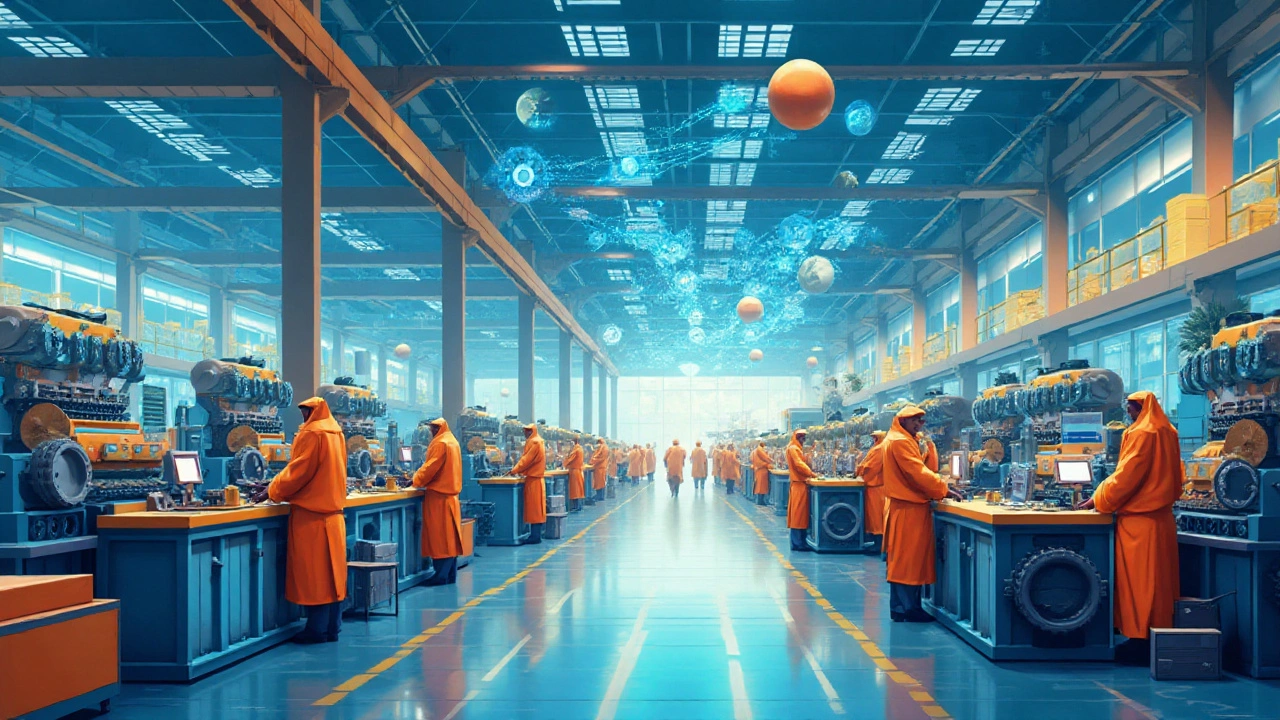
Top Plastic Exporting Countries: A Comprehensive Insight into Global Leaders
Discover which country holds the title for the number one exporter of plastic and what factors contribute to their dominance in the global market. This article delves into the dynamic world of plastic manufacturing, highlighting key players and emerging trends. Learn how environmental regulations and technological advancements are reshaping the industry. With insights to help businesses stay competitive, this piece is a must-read for those interested in plastic trade.
Read More
Which Nations Have Banned Single-Use Plastics and Why
Single-use plastics have long been a concern for environmentalists and policymakers worldwide. With mounting pressure to preserve natural ecosystems, several countries have enacted bans on disposable plastic items. This article discusses which nations have taken significant steps toward eliminating single-use plastics, the reasons behind these decisions, and the impact of these measures on plastic manufacturing companies. It also provides insights into how consumers and businesses are adapting to these regulations.
Read More
Unveiling the Giants: Top Producers of Single-Use Plastic
The term 'single-use plastic' refers to products made from plastic, created for single-use purposes before they are disposed of or recycled. In the realm of plastic production, some giants are shaping industry trends and impacting the environment at staggering levels. This article explores the largest producers of single-use plastic, delves into the global effects of their operations, and offers insightful discussions on balancing production with sustainability. It also examines some tips and initiatives aimed at reducing the dependency on single-use plastics.
Read More